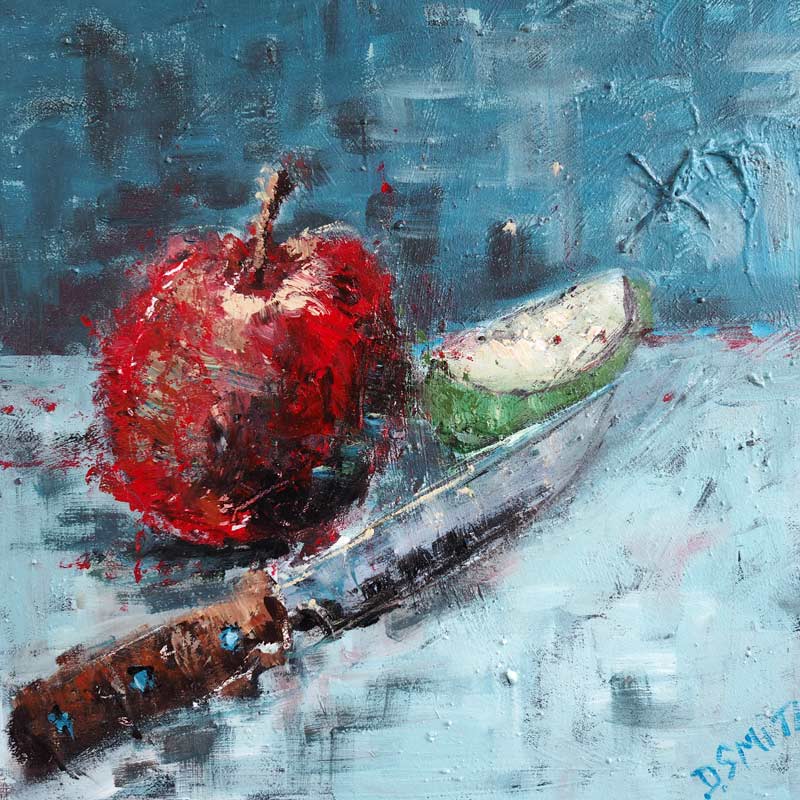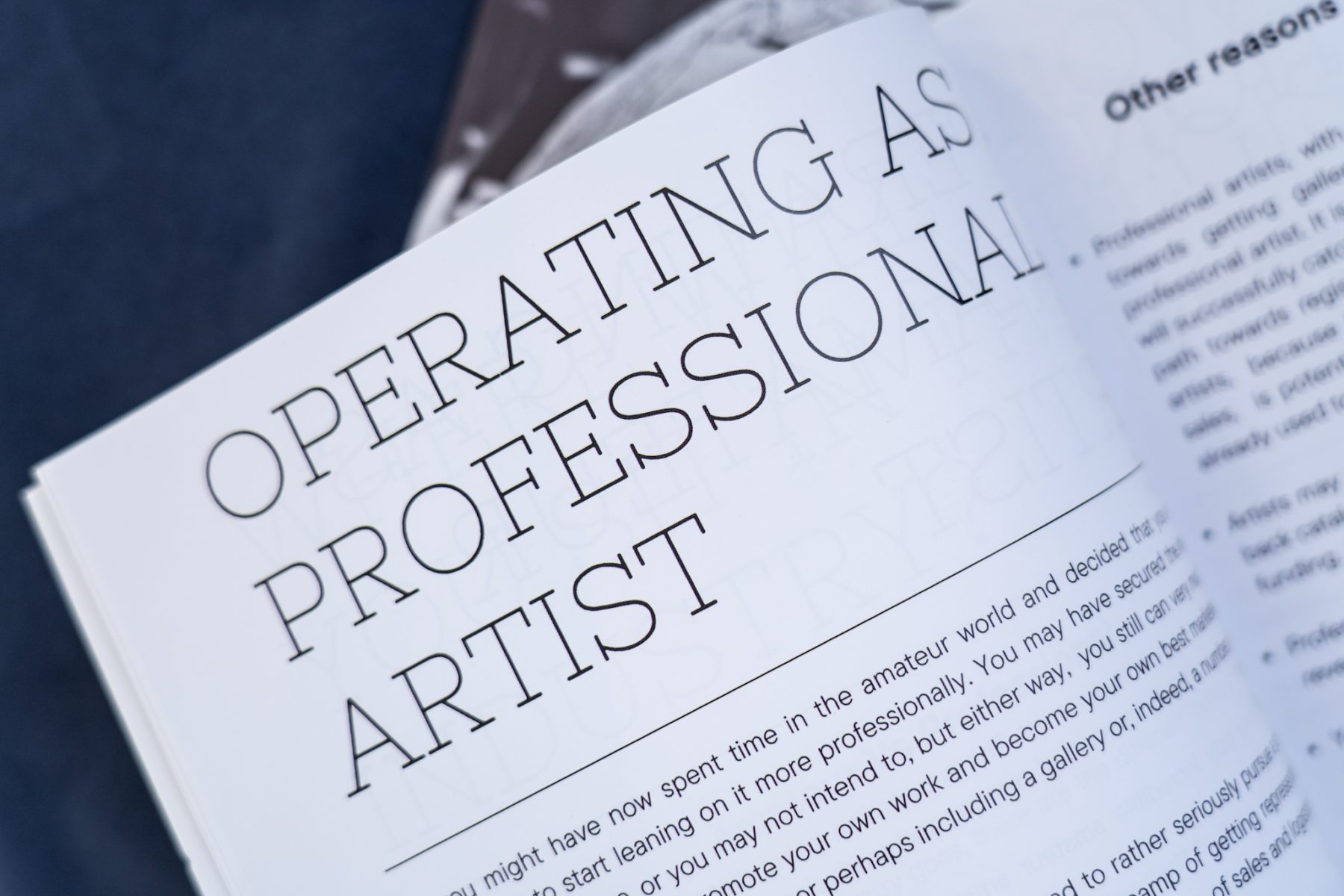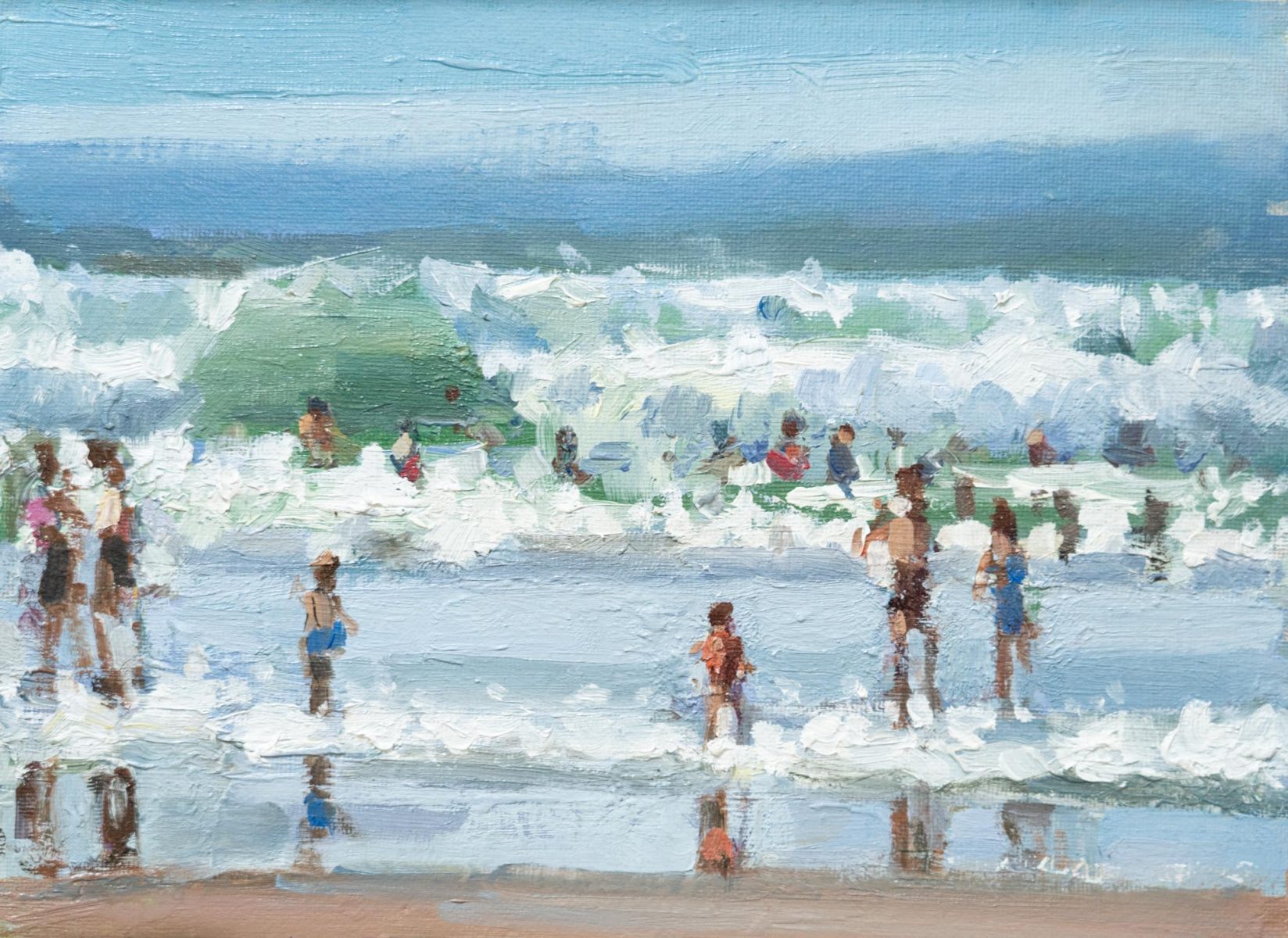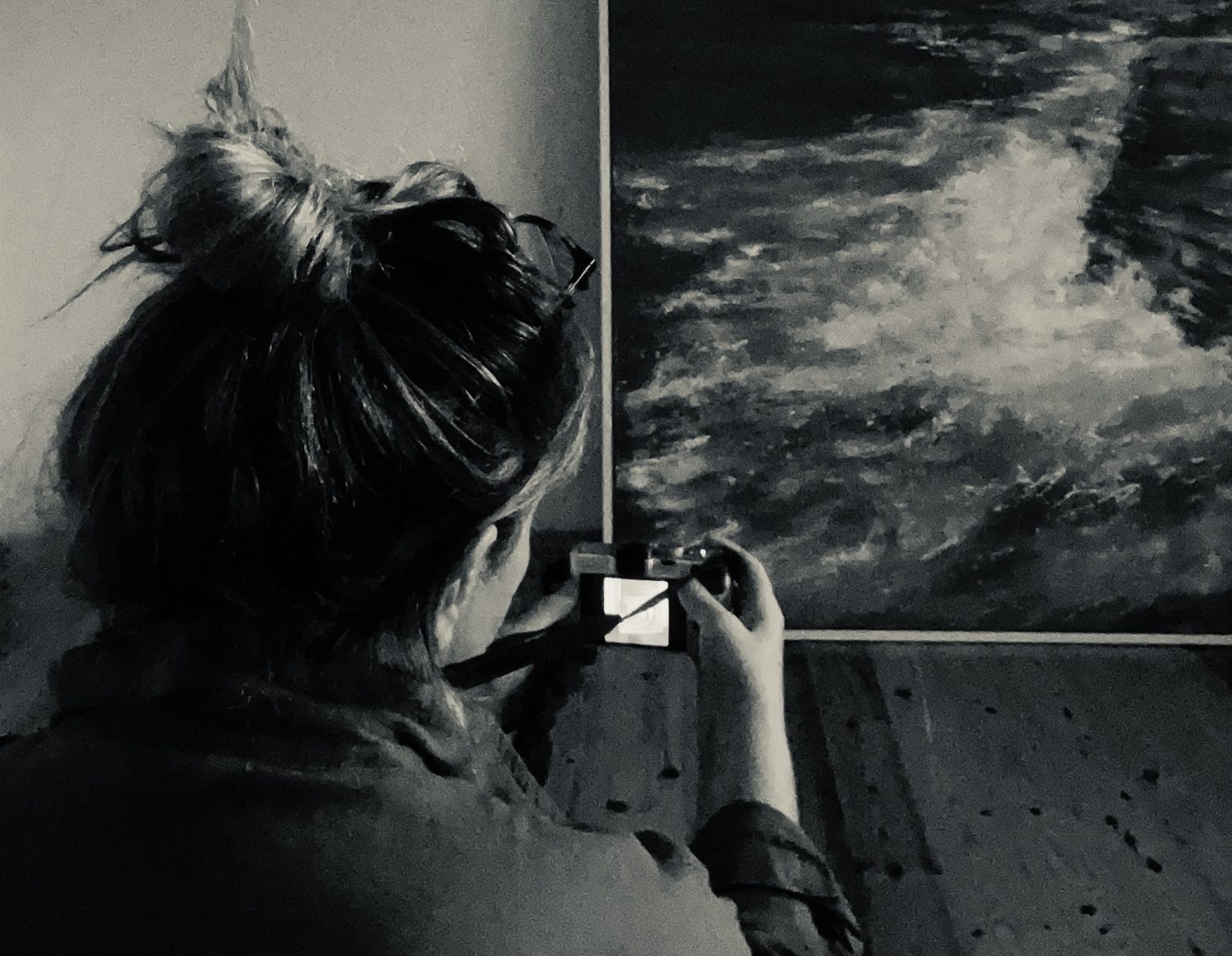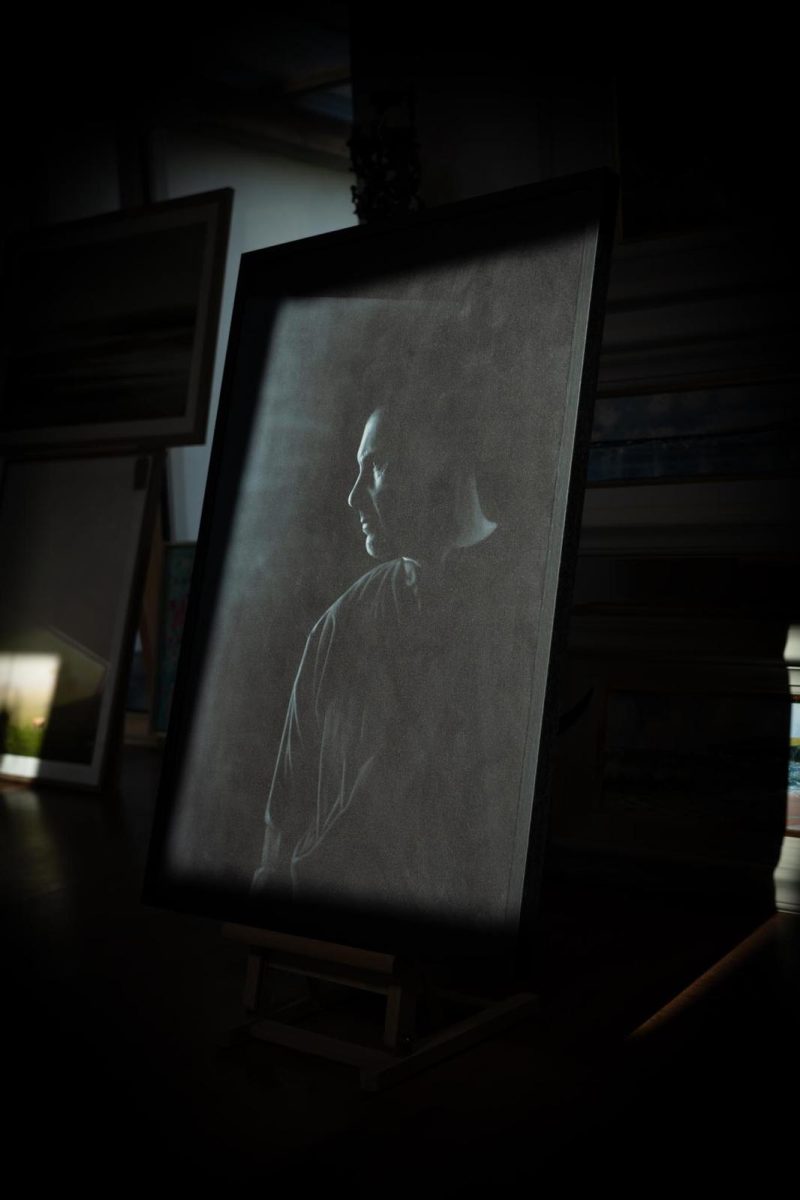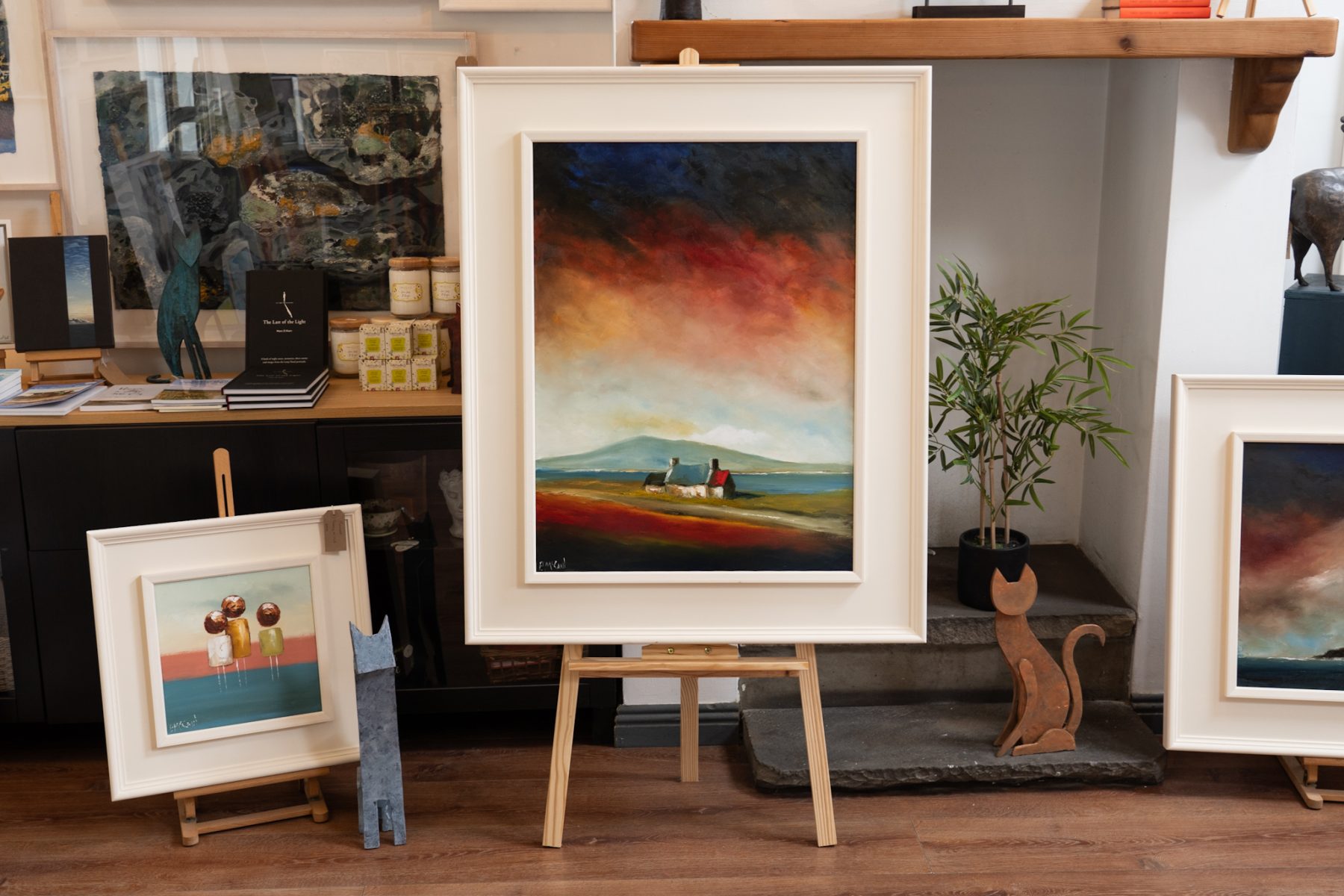Your Art Investment Journey
Your art investment journey
Are you looking at art as an investment opportunity?
There are two routes on your art investment journey that you could be considering – (a) important old art and (b) contemporary art. You can take either route, or indeed as most serious collectors do, you can choose elements of both. But the most important part is that you enjoy the journey!
You will often hear the phrase that ‘art is an appreciating asset’. This is largely true, because, by its very nature art is something that is original, one off, hand made, unique and most likely to hold its value – or rise in value – as time passes.
Really important (valuable) art, generally surrounding work by greats such as ‘Da Vinci, Rembrandt and Modigliani’ to name but a few – are examples of work that is so valuable it is almost (but not quite) priceless! But these are the extreme examples, at the extreme high end, with eye watering price tags.
There also is a whole, entire, art world built upon ‘important art’ that is not quite at that level (but might strive to be) – and generally this is representative of important old art (Irish, English, European etc) from artists who have passed away, generally from previous centuries – not just because of the limited nature of their portfolio (due to the artists death) but also because of their historic relevance. That is the world of old important art which is a safer bet in investment terms, but a more expensive way to get started.
Contemporary Art World
Then there is the contemporary art world; this is perhaps the most interesting to be involved in on a day to day basis. Here, in Kilbaha Gallery, we operate entirely in the contemporary sphere, where we curate, showcase, support and represent living, professional contemporary artists, who are fast ascending in the world of collectable and beautiful art.
Sometimes in a contemporary artist, you will see a very speedy rise to fame – this is primarily down to raw talent, but nearly always comes with clever branding, some good PR and / or a very interesting client list. The thing is, there is no magic formula for guessing when or if this will happen, but one thing is for sure, the most talented and competent artists will always rise, like cream, to the top and are worth keeping your eye on.
If you are hoping for a financial return, contemporary art buying is a long-game investment and a bit of a gamble (or, if you do your research, then somewhat more of a calculated risk). Investing in art is the same as investing in anything really, in that, apart from a very knowledgeable minority, you are never entirely sure whether an investment will pay dividends or not. But there are steps you can take to make it more likely.
1) If you have already eyed up a certain piece, but aren’t sure whether to buy, the first bit of advice, is to do your research on that particular artist – what is their back catalogue like, who has bought them already (prominent buyers?), what is their career trajectory looking like and who is the gallery or art dealer representing them? Trust your eye here too! Often your gut will tell you a lot.
2. The second bit of advice is to LOVE a piece personally, before you rush to buy it. Yes, there are investors whose purchases will either go on long-term-loans to public collections, or be locked away in a temperature controlled safe, until such a time as they are sold on. But, outside of that group, the vast, VAST majority of us, will have to live with this piece of art in our homes or offices, until we decide to sell it or indeed pass it on. So really and truly, for most of us mere art loving mortals, you should be really drawn to a piece before you invest in it – (otherwise, at the very least, revert to Tip No 1 and be confident about the artist who painted or sculpted it).
3. If this is an artist who you can see is climbing the ladder and gaining a following, help him or her along by creating further buzz, excitement and intrigue about the piece you have just bought. Tell your art loving friends about them – share your purchase on social media and explain why your bought it – what you saw in the artist. This will all help further the name of the artist you have now invested in – remember, the bigger they become in the short term, the quicker you can watch your investment grow – and you will always be able to say you had a piece from early on in that persons career!
Yes, buying a piece of art, bringing it home, deciding where to place it and then genuinely appreciating it every time you pass it, is all that matters in the short term – but knowing that it has the potential for added value – and eagerly following the career of that particular artist, is also quite exhilarating.
The best reason of all, however, for buying a piece of contemporary art is that you are supporting a living artist and his or her family – and in turn, are also supporting the arts.
Well done!
Featured Image: Still Life Apple by Danny V Smith – Original work: Click HERE to learn more.

